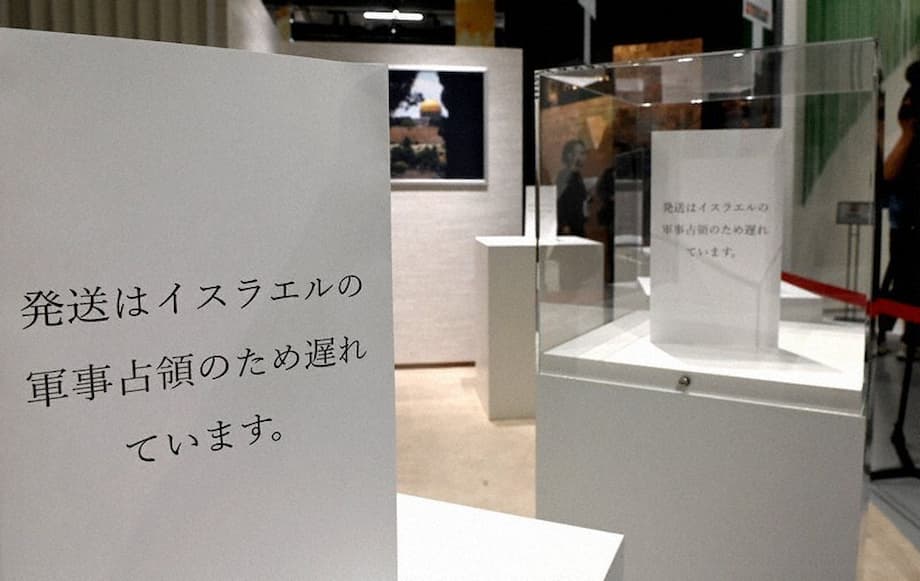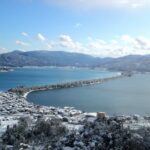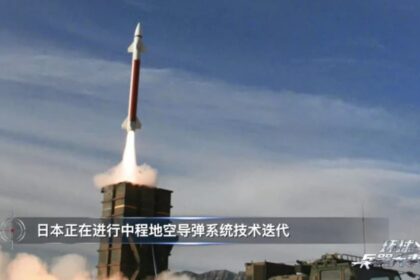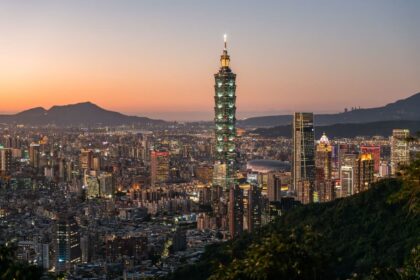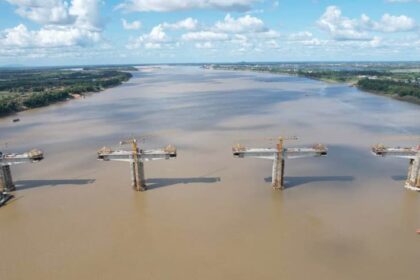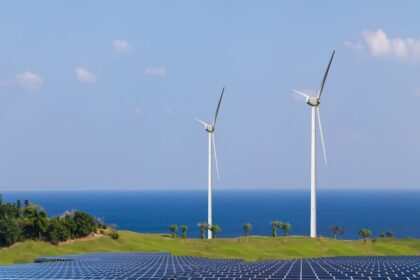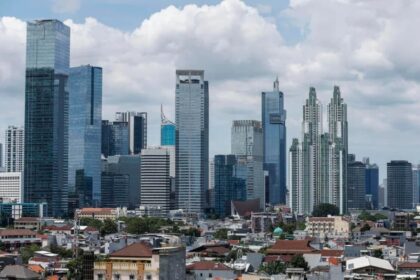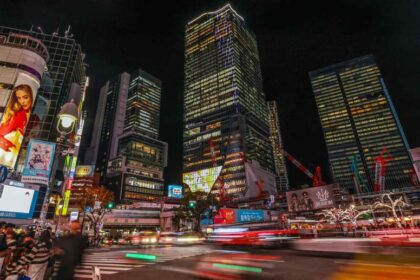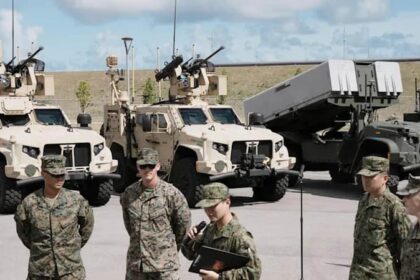Palestine Pavilion at Osaka Expo 2025: When Global Diplomacy Meets Harsh Realities
The World Expo 2025 in Osaka, Japan, was envisioned as a celebration of innovation, unity, and the shared future of humanity. Yet, as the pavilions opened their doors to millions of visitors, a diplomatic controversy unfolded that laid bare the persistent divisions and unresolved conflicts of our time. The Palestine Pavilion, nearly empty at the Expo’s opening, became the center of a dispute over the Israeli occupation, the movement of cultural artifacts, and the very purpose of international exhibitions in a fractured world.
- Palestine Pavilion at Osaka Expo 2025: When Global Diplomacy Meets Harsh Realities
- What Sparked the Controversy?
- Diplomacy, Neutrality, and the Expo’s Mission
- Palestinian and Israeli Narratives Collide
- Palestinian Presence and Resilience at the Expo
- The Human Cost of Occupation: Voices from Gaza
- Expo 2025: A Stage for Global Tensions and Aspirations
- In Summary
Organizers of the Expo requested the Palestine Pavilion to remove notices that attributed the absence of exhibits to delays caused by Israel’s military occupation. This seemingly small act of censorship sparked a broader debate about the limits of neutrality, the power of narrative, and the lived realities of people under occupation. The controversy also highlighted the gap between the Expo’s optimistic theme—”Designing Future Society for Our Lives”—and the complex, often painful, realities faced by some of its participants.
What Sparked the Controversy?
In the weeks leading up to the Expo’s public opening in April 2025, visitors and staff noticed that the Palestine Pavilion was almost entirely empty. Explanatory signs appeared around April 6, stating that the absence of exhibits was due to shipping delays caused by Israel’s military occupation. These notices were not merely logistical updates; they were a direct statement about the impact of decades-long conflict on Palestinian participation in global events.
According to internal communications obtained by Japanese media, the Japan Association for the 2025 World Exposition’s International Relations Bureau asked the Palestinian delegation to remove or alter the signs. The stated reason was to ensure the “safe and smooth running of the Expo.” By April 9, the signs were gone, just days before the Expo opened to the public.
Ambassador Waleed Siam, the Palestinian representative to Japan, explained that the occupation had become a tangible obstacle for the Palestinian authorities. Due to restrictions on the use of ports and airports, Palestinian organizers were unable to ship their exhibits directly and had to route them through Israel. Sea freight was denied, forcing a switch to air freight, which led to further delays. The exhibits—shellwork, woodwork, and traditional embroidery—finally arrived on April 24, more than ten days after the Expo began.
Diplomacy, Neutrality, and the Expo’s Mission
World Expos have long been seen as showcases of technological progress and cultural exchange, but they are also mirrors of the times in which they are held. The 2025 Osaka Expo, with its theme of designing a better future, was no exception. Yet, as The Straits Times and The Japan News observed, the event unfolded against a backdrop of global conflict, trade wars, and diplomatic tensions.
Russia withdrew from the Expo amid diplomatic fallout over its invasion of Ukraine, while Ukraine’s pavilion emphasized its sovereignty with a sign reading “Not for sale.” Taiwan participated under the name of a private company to avoid political controversy with China. The Expo’s organizers hoped to foster unity and multilateralism, but the reality was far more complicated.
Unlike the Olympic Games, which are governed by strict neutrality provisions, World Expos operate under different rules. There is no explicit requirement for political neutrality, and pavilions often become stages for soft power, national narratives, and, at times, political disputes. As one expert on Middle Eastern politics noted, the Expo is “a mirror of the times,” reflecting both the aspirations and the divisions of the global community.
Palestinian and Israeli Narratives Collide
The controversy over the Palestine Pavilion was not limited to missing exhibits and explanatory signs. Just a few hundred meters away, the Israel Pavilion displayed a 2,000-year-old building stone from East Jerusalem—a city at the heart of the Israeli-Palestinian conflict. The stone, believed to be from the Hasmonean period, was exhibited as a symbol of resilience and renewal for Israel.
Palestinian officials, including Ambassador Siam, objected to the display, arguing that the removal of cultural artifacts from occupied territories violates international conventions. Specifically, the 1954 Hague Convention for the Protection of Cultural Property in the Event of Armed Conflict prohibits the export of cultural property from occupied areas. The Palestinian side filed formal protests with the Japanese government and the Expo Association, claiming that the Israeli exhibit contravened international law.
Israel, for its part, rejected the criticism. Israeli Ambassador to Japan Gilad Cohen emphasized the historical connection between the Jewish people and Jerusalem, stating that the stone was a testament to Israel’s ancient heritage. The Israeli pavilion also featured a 1,700-year-old menorah and highlighted the country’s technological innovations. Ambassador Cohen argued that those who doubted Israel’s historical rights should “read the Bible for evidence of this connection.”
The Expo Association maintained that the installation of exhibits was the responsibility of each participating country and that it had no involvement in the transportation or selection of artifacts. This hands-off approach underscored the limits of the organizers’ ability to mediate disputes rooted in decades of conflict and contested narratives.
Palestinian Presence and Resilience at the Expo
Despite the initial setbacks, the Palestine Pavilion eventually opened its doors with a display of traditional crafts and cultural artifacts. On Palestine National Day, the pavilion hosted a series of events attended by Palestinian and Japanese officials, including Minister of Economy Mohammad Al-Amour and Ambassador Siam. The celebrations featured the raising of the Palestinian and Japanese flags, speeches, and a performance of the Dabke dance by a Palestinian folklore group.
In his remarks, Ambassador Siam acknowledged the profound challenges faced under Israeli military occupation, including famine in Gaza, forced displacement, and the destruction of refugee camps. He emphasized the resilience and optimism of the Palestinian people, stating:
“Amid these hardships, our presence at Expo Osaka 2025 sends a clear message: Palestinians teach life, value life, and remain resilient and optimistic, believing that freedom for Palestine is inevitable.”
The pavilion also hosted a fashion show featuring traditional Palestinian costumes, celebrating the artistry and heritage of Palestinian culture. Visitors expressed solidarity by wearing flags and traditional scarves, turning the pavilion into a symbol of global support for the Palestinian cause.
The Human Cost of Occupation: Voices from Gaza
While the Expo controversy played out in Osaka, the humanitarian crisis in Gaza continued to worsen. According to reports from the United Nations and international media, Gaza was on the verge of “generalized famine” after nearly two years of war. More than 87 percent of the territory was under evacuation orders or designated as an Israeli military zone, leaving millions of Palestinians dependent on humanitarian aid and living under the constant threat of airstrikes.
Displaced Gazans described their daily lives as a “nightmare,” marked by repeated displacement, food shortages, and fear of further military operations. Amal Hamada, a 20-year-old woman from Gaza, told AFP:
“We’ve lived through many wars before, but nothing like this one. This war is long and exhausting, from one displacement to another. We are worn out.”
Saudi Arabia and other regional actors condemned the humanitarian catastrophe, calling for immediate international intervention to end the famine and hold Israel accountable for its actions. The crisis in Gaza provided a stark backdrop to the debates in Osaka, reminding visitors that the issues raised at the Expo were not abstract, but matters of life and death for millions.
Expo 2025: A Stage for Global Tensions and Aspirations
The Osaka Expo was not immune to the broader challenges facing the world. Supply chain disruptions, labor shortages, and cost overruns plagued the event’s preparations. Several countries failed to complete their pavilions on time, and ticket sales lagged behind expectations. Yet, the Expo also showcased remarkable achievements in technology, sustainability, and cultural exchange. Visitors marveled at artificial hearts grown from stem cells, drone-like flying vehicles, and the world’s largest wooden structure, the Grand Ring.
For many, the Expo was a welcome respite from the chaos of the outside world—a place to imagine a better future. Yet, as one Japanese visitor observed, “I think the Expo is meaningful in this chaotic time. People will think about peace after visiting the venue.”
But the controversies surrounding the Palestine and Israel pavilions served as a reminder that even the most well-intentioned global gatherings cannot escape the realities of conflict, occupation, and contested history. The Expo became a microcosm of the world it sought to improve: a place where hope and hardship, unity and division, coexist in uneasy tension.
In Summary
- The Palestine Pavilion at Osaka Expo 2025 was asked to remove notices blaming Israeli occupation for exhibit delays, sparking a debate about neutrality and free expression at international events.
- Palestinian organizers faced logistical obstacles due to Israeli restrictions, resulting in late arrival of exhibits and an initially empty pavilion.
- The Israel Pavilion displayed a 2,000-year-old stone from East Jerusalem, prompting Palestinian protests over the export of cultural property from occupied territories.
- The Expo’s organizers maintained a policy of non-interference in exhibit selection, highlighting the limits of their ability to mediate political disputes.
- Despite challenges, the Palestine Pavilion celebrated its culture and resilience, drawing support from visitors and officials.
- The humanitarian crisis in Gaza provided a sobering context for the Expo, underscoring the real-world impact of the issues debated in Osaka.
- The Expo reflected both the aspirations and the divisions of the global community, serving as a stage for diplomacy, controversy, and hope.


